Warner Bros. Pictures’ “Fantastic Beasts: The Secrets of Dumbledore” is the newest adventure in the Wizarding World created by J.K. Rowling. Based on J.K. Rowling’s original screenplay, the final screenplay for “Fantastic Beasts: The Secrets of Dumbledore” was written by Rowling and Steve Kloves, both of whom also served as producers on the film.
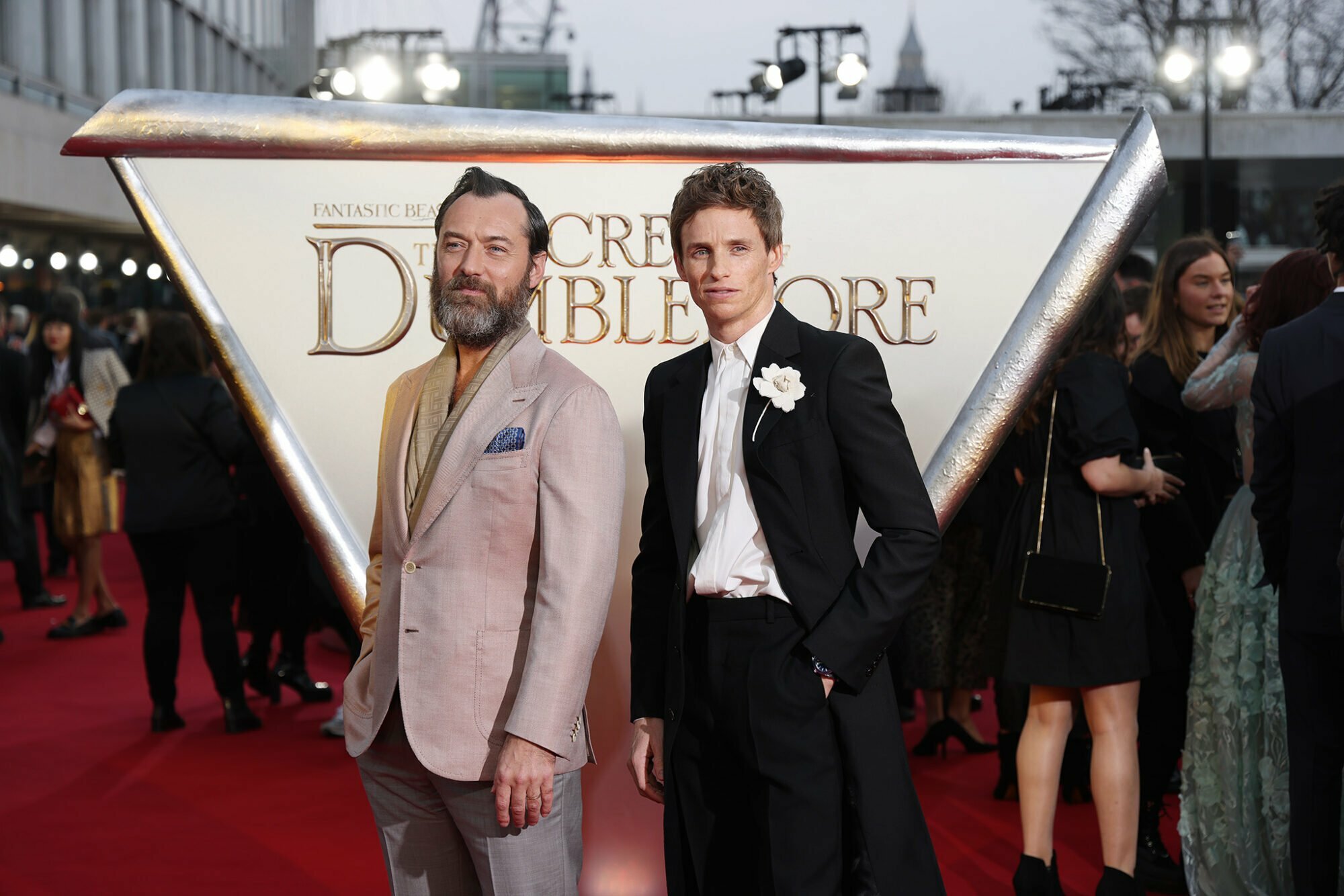
“Fantastic Beasts: The Secrets of Dumbledore” is a magical adventure that sends a team of unlikely heroes, led by Newt Scamander, on a mission that could spell their only chance to save both the wizarding and non-magical worlds. Each has a role to play in this covert operation devised by the ultimate wizarding mastermind: Professor Albus Dumbledore.
The film introduces several new beasts, including one that is pivotal to the tale. The magical Qilin (pronounced chillin) is seen in both its adult and baby forms. The adult resembles something of a cross between a dragon and a horse, with iridescent scales that generate a soft glow, while its baby possesses similar features but moves more like a newborn fawn. Revered in the magical community, this rare creature possesses the innate ability to see into a person’s soul and know if they are pure of heart—a gift that makes the Qilin integral to Grindelwald’s machinations to seize power, as well as Dumbledore’s plan to stop him. Other new additions include the voracious, crustacean-like Manticores, and a shape-shifting flying creature called a Wyvern.
The adventure circles the globe—from China to Great Britain, from New York to Germany, and from the Austrian Alps to Bhutan. The movie also takes audiences back to the beloved Hogwarts School of Witchcraft and Wizardry and the nearby village of Hogsmeade.
The filmmaking team worked their own brand of magic, fabricating each of those far-flung locations on the soundstages and massive backlot of Warner Bros. Studios Leavesden in England, which has been home to the Wizarding World films for more than two decades.
A team of artists and artisans collaborated with Yates to bring that canvas to life, including production designer Stuart Craig, who realized J.K. Rowling’s vision of the wizarding world, beginning with the first “Harry Potter” film. On this movie, he teamed with fellow production designer Neil Lamont, who had worked with Craig as a supervising art director on all the “Harry Potter” films. They were joined by director of photography George Richmond; Yates’ editor of choice, Mark Day; visual effects supervisor Christian Mänz; costume designer Colleen Atwood; and composer James Newton Howard.
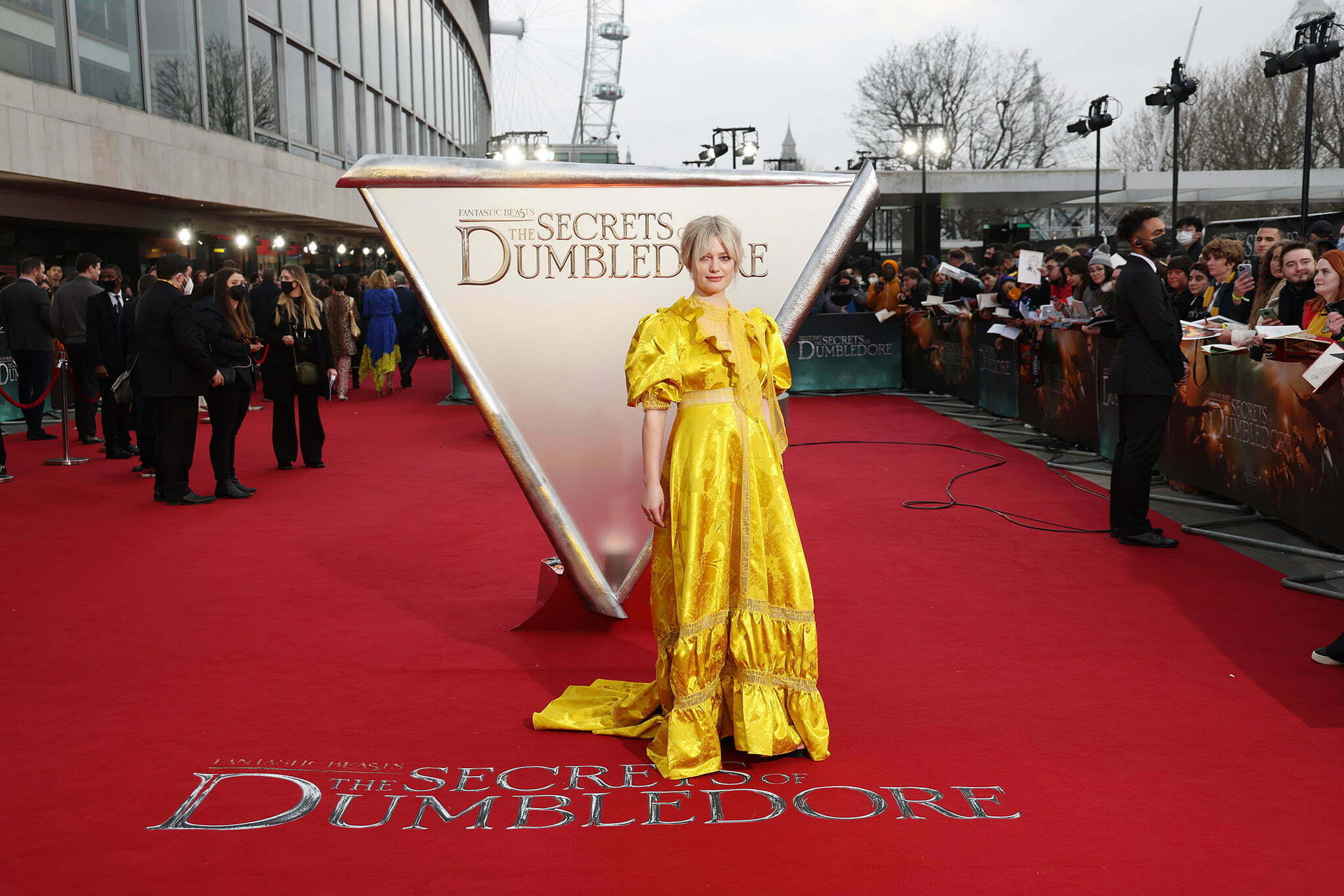
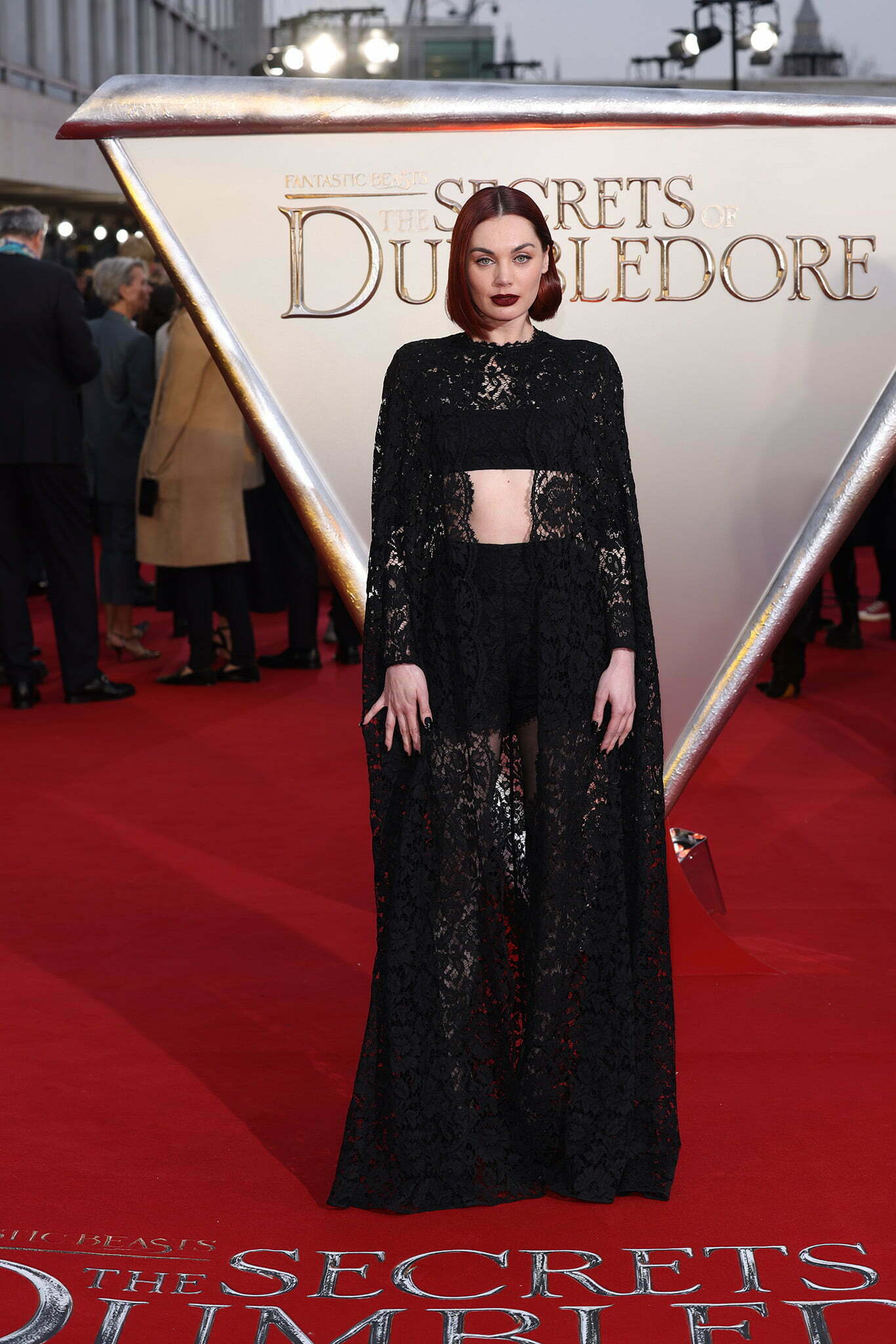
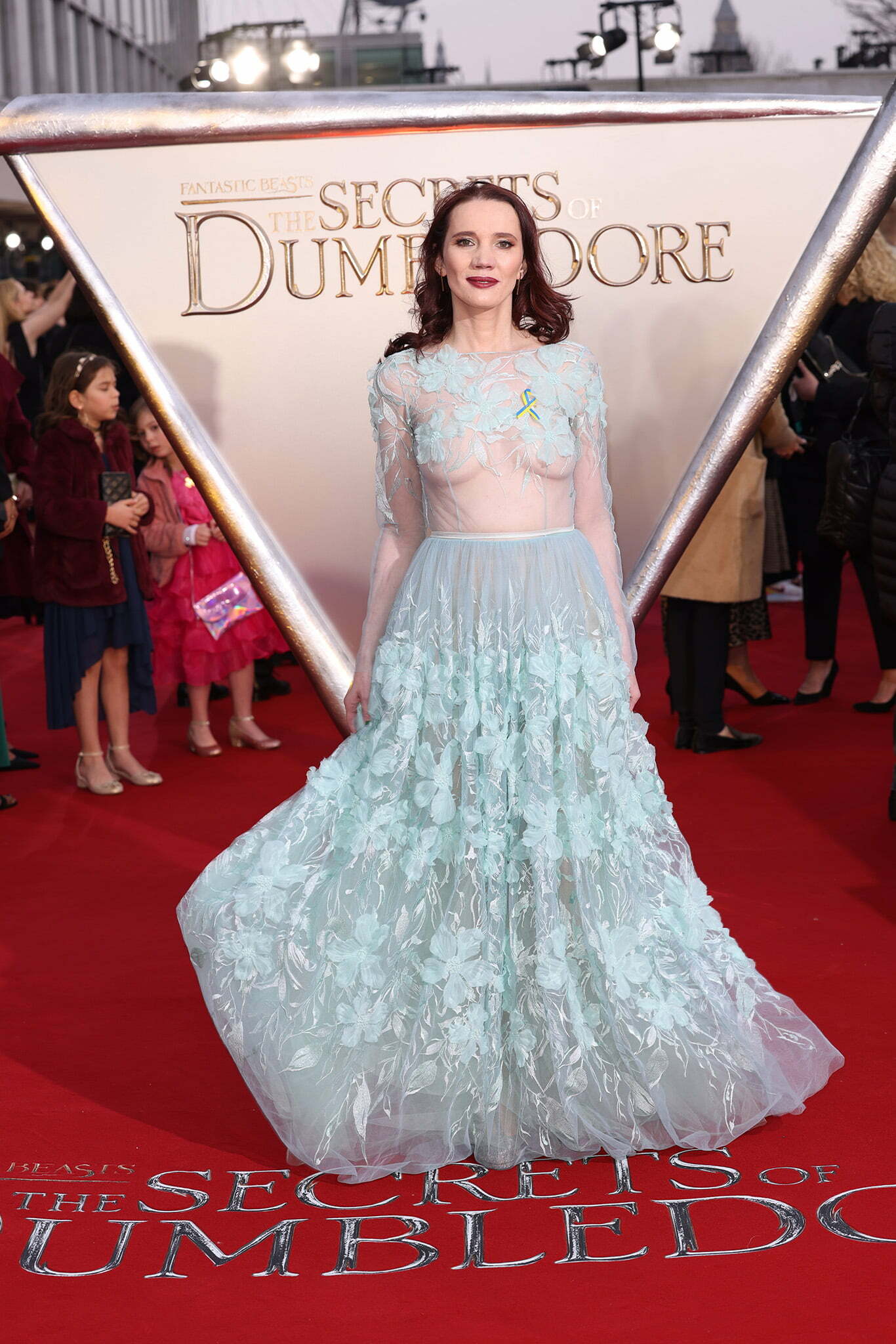
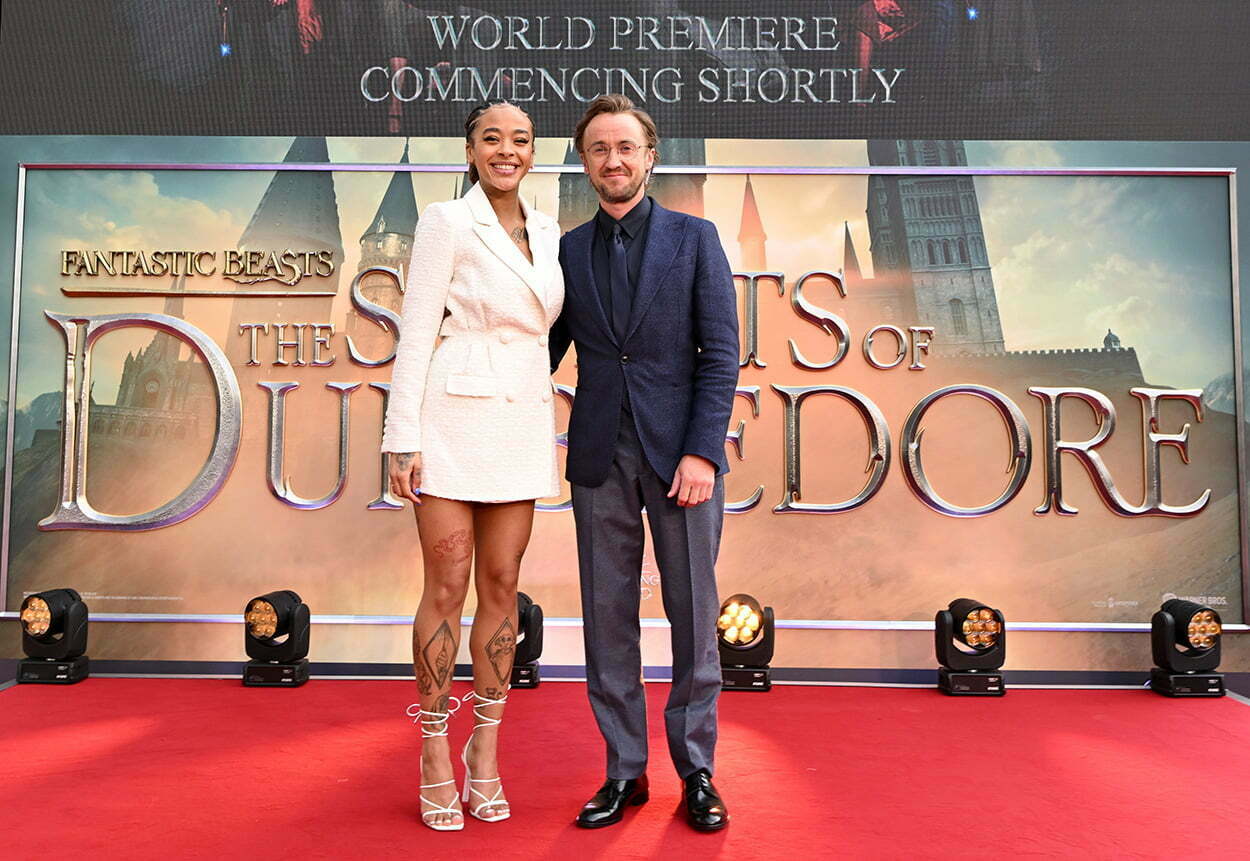
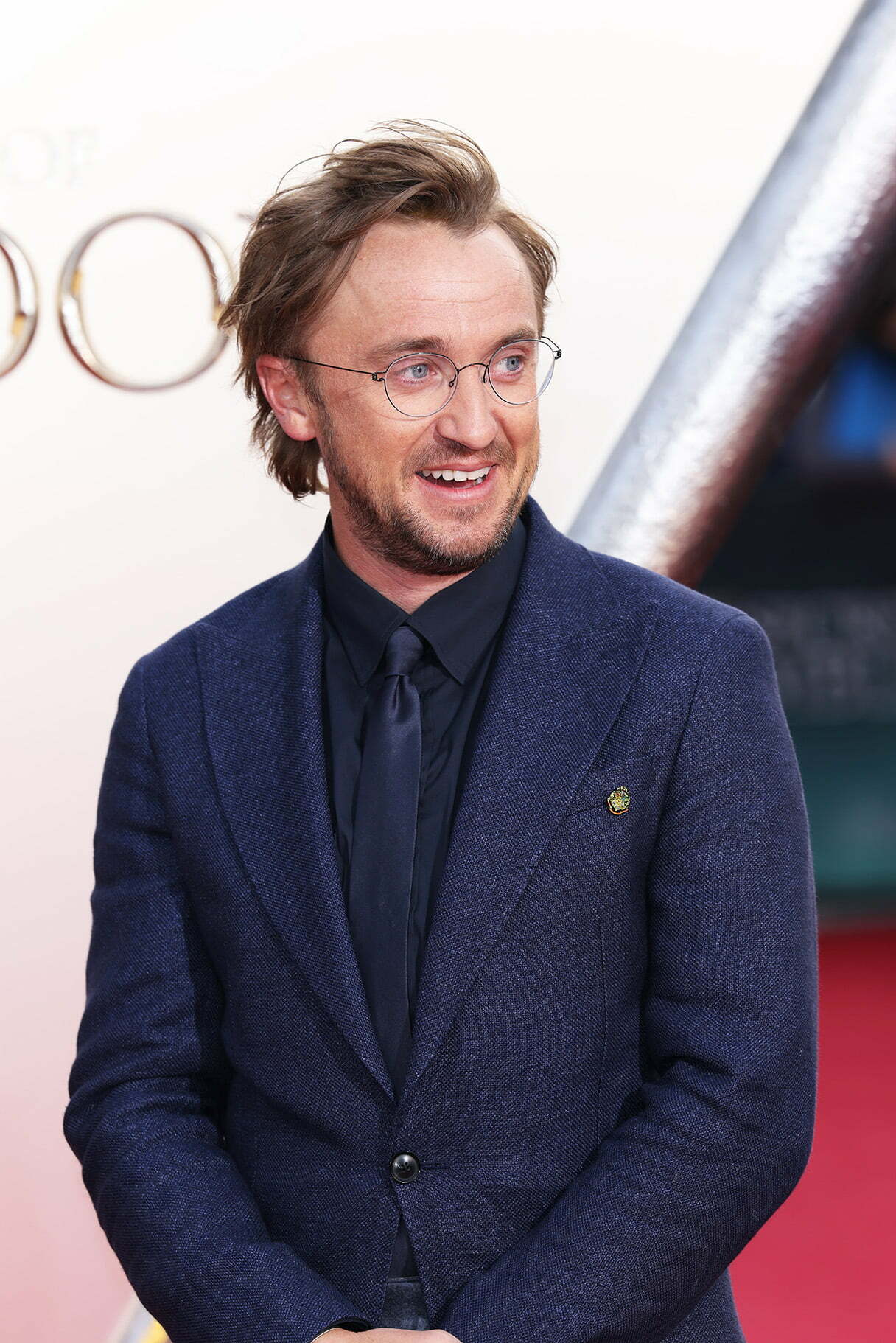
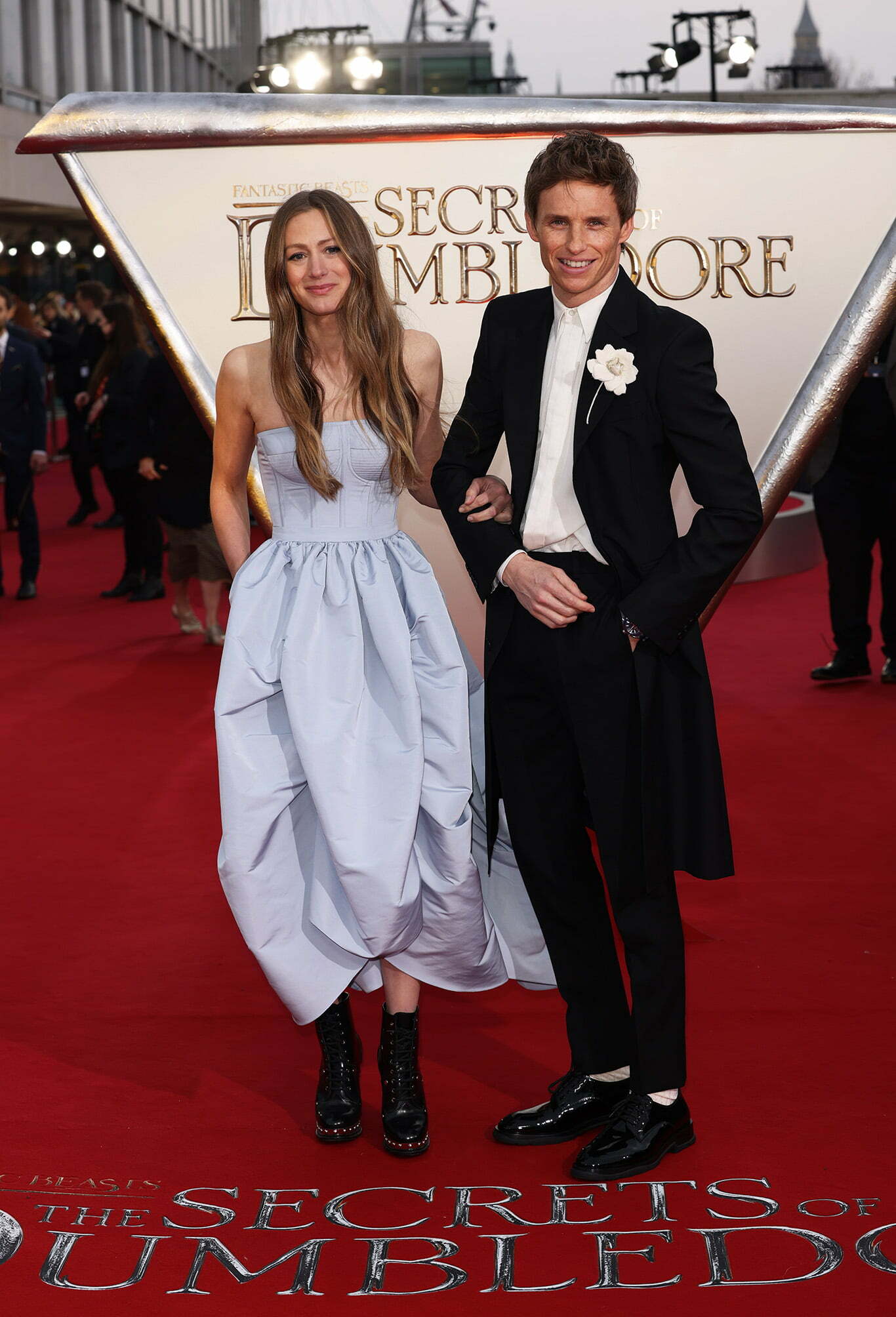
China
Newt seeks out the Qilin in a remote mountainous region of Asia. In order to re-create that environment in an authentic way, a small team of filmmakers embarked on a scouting trip to find the perfect backdrop for the Magizoologist’s quest to find the treasured beast. The Detian Falls, in southern China on the border of Vietnam, and the Li River provided just the right look for the setting.
Lamont notes, “The Li River is just breathtaking, with is limestone karsts and statuesque walls streaked by aging and minerals. And the Detian Falls are amazing multilevel waterfalls that go from raging to very quiet.” In addition, Moon Hill, a large, round limestone cave with a moon-shaped hole in its center, became the template for the Qilin nest.
The waterfall set was 40-feet high with 30-foot-high bamboo plants on top. The special effects crew, led by special effects supervisor Alistair Williams, worked with the design team to bring the waterfall to life. Eight high-volume submersible pumps were used to create the waterfall effect, each capable of delivering 440 liters of water per second. Because the scenes were being shot at night in the mid-November cold, the water was heated to a comfortable 82 degrees (28 degrees Celsius). That was particularly appreciated by Redmayne, as Newt ends up submerged in the water for a time.
New York
The film makes a brief stopover in Queens, New York, where Lally entreats Jacob to come back with her to the wizarding world.
Fortunately, a large portion of the New York set from the first film was still in storage, so the art department was able to rebuild it…with one major difference. Jacob’s once-thriving bakery— offering customers fresh breads and sweet pastries in the shape of Newt’s fantastic beasts—has fallen on hard times. It mirrors the Great Depression that had gripped the nation, as well as the depression within Jacob’s broken heart.
Hogwarts and Hogsmeade
Several sets that no longer exist physically were digitally rebuilt, including the iconic Great Hall and the Room of Requirement. The popular Harry Potter tour at Leavesden, which features several familiar settings from the films, was a valuable resource for the re-creation of the village of Hogsmeade. Mänz notes, “There is a lovely model of Hogsmeade on the tour, so we scanned that used it as the basis for our build of the whole village.”
Within the village is the Hogs Head Inn, owned and operated by Aberforth Dumbledore. Three separate sets comprised the inn, with the exterior on the backlot and two interior sets built on the same soundstage, including the downstairs bar.
Train to Berlin
The team is gathered all together for the first time in a train car, where Newt tells them of Dumbledore’s plan as they head into Germany. To the Muggle world, it is a typical passenger train with a non-descript luggage car taking up the rear.
The luxury train car featured birds-eye maple veneer paneling with ebony and bronze inlays and gold leaf panels. The bar and tables have fluted veneer detailing, black marble tops and bronze trims, and the seating upholstery is red leather. There is also a black marble fireplace that serves as a less traditional mode of transportation. The car set was constructed on an SFX motion rig to simulate the movement of a train going down the tracks.
Germany and Austria
Arriving in Berlin, Kama and Bunty each go their separate ways on specific instructions from Dumbledore. The others make their way to the German Ministry of Magic, which entails walking through a brick wall that shields the wizarding world from the non-magical side.
On the wizarding side, supporters for each candidate in the upcoming election are rallying for their choice. And mingled among them is a growing faction of followers of Gellert Grindelwald. The colorful candidate banners were created by the graphic artist duo of Eduardo Lima and Miraphora Mina, better known as MinaLima, who have handled the graphics for all the Wizarding World movies.
The exterior design of the imposing German Ministry of Magic “is unlike any of the ministries we’ve seen before,” Lamont says. “It was heavily influenced by the wedge-shaped Chilehaus in Hamburg, which was built in the early 1920s, as well as the neoclassical German architecture of the 1930s and `40s. The building façade is a blue-black brick and there are huge statues in the courtyard representing characters in popular German culture.”
It is always the norm for the VFX team to extend the physical sets, and the ministry was no exception. Nevertheless, Mänz states, “The German Ministry was one of the most challenging exteriors because it was just immense. When we stood around the cardboard maquette of it to work out how we were going to shoot it, we suddenly realized, ‘Wow, this thing is huge!’” To illustrate his point, if the columns alone had been built practically, they would have been 90-feet tall.
The streets of Berlin, constructed on the Leavesden backlot, were the backdrop of a furious confrontation between Dumbledore and Credence. In choreographing the sequence, supervising stunt coordinator Rowley Irlam says they wanted to reflect the temperament of each character. “Dumbledore is more controlled, while Credence is a little more immature and petulant, so we tried to incorporate that in the action. There is actually some emotive content behind their movements.”
Beneath the streets, another action sequence takes place in the notorious Erkstag Prison, which was believed to be shut down but was still operating underground, figuratively and literally. The reference point for the design was an old, unused quarry. Lamont says, “It has these square columns formed in the rock, supporting a very low roof. Stuart has always been fond of this style of set, inspired by nature, and we liked that it was very cramped and compressed. And then it takes you into this huge, spiral prison block, which was a composite set.”
In the mountains of nearby Austria, Nurmengard Castle is the home and headquarters of Gellert Grindelwald. The exterior was existing from the second film but extended to include a courtyard. Inside, the main Drawing Room remained essentially the same as before, but there was the addition of Credence’s room. Yates wanted the room to reflect the chaos within the character, so there is feverish writing on the walls and floor and leaves coming in through cracks in the window, adding to the general clutter. The castle’s basement pool was built in steel and lined to make watertight with hidden underwater lighting. Various symbols and lettering were carved into the walls surrounding the pool, with streaks of water and damp patches enhancing the impression of a cold, dank basement.
Bhutan
The climax of “Fantastic Beasts: The Secrets of Dumbledore” unfolds in the Kingdom of Bhutan. “It’s a very spiritual place,” says Lamont, “so it lent itself to being the site of this magical village.”
The filmmakers were unable to travel to Bhutan to obtain their own imagery, but benefited from much-needed reference materials. Japan’s Chiba Institute of Technology had commissioned a survey and research report called Traditional Bhutanese Houses, which the research team provided to the art department. The report was crammed full of vital architectural information and became an invaluable resource for the design of the Bhutanese hill village.
Craig really responded both to the verticality of Bhutan as well as the whiteness of its architecture, which the design group realized with white brickwork accented with white bunting and white drapery. Sections of the set were redressed multiple times to serve as the winding streets and alleyways through which our heroes try to evade Grindelwald’s sinister acolytes.


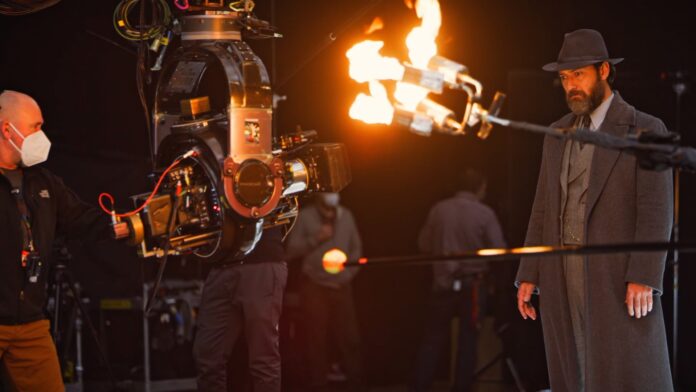
[…] Per SnapTaste, the art department and the VFX department on the film also benefited from the “Harry Potter” tour at Leavesden. VFX Supervisor Christian Manz credits the exhibit for giving them the necessary tools to create digital scans of these familiar environments to use for the final film. […]